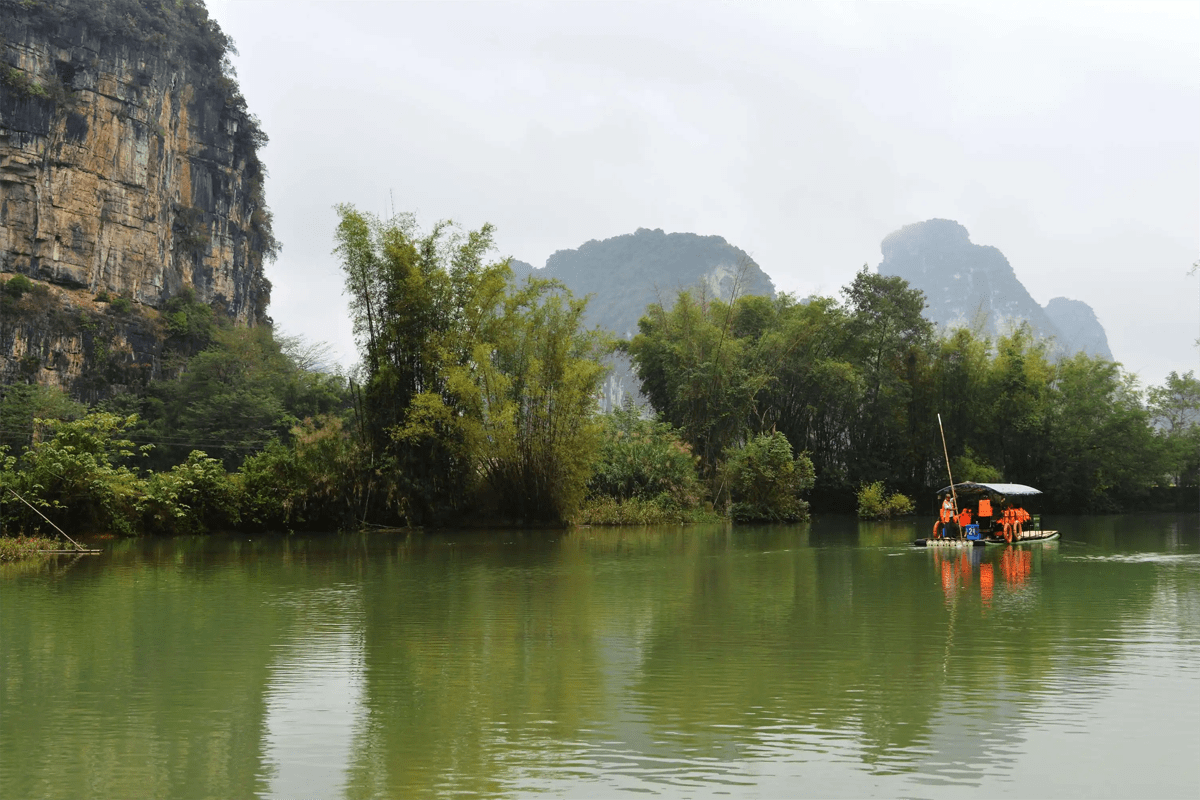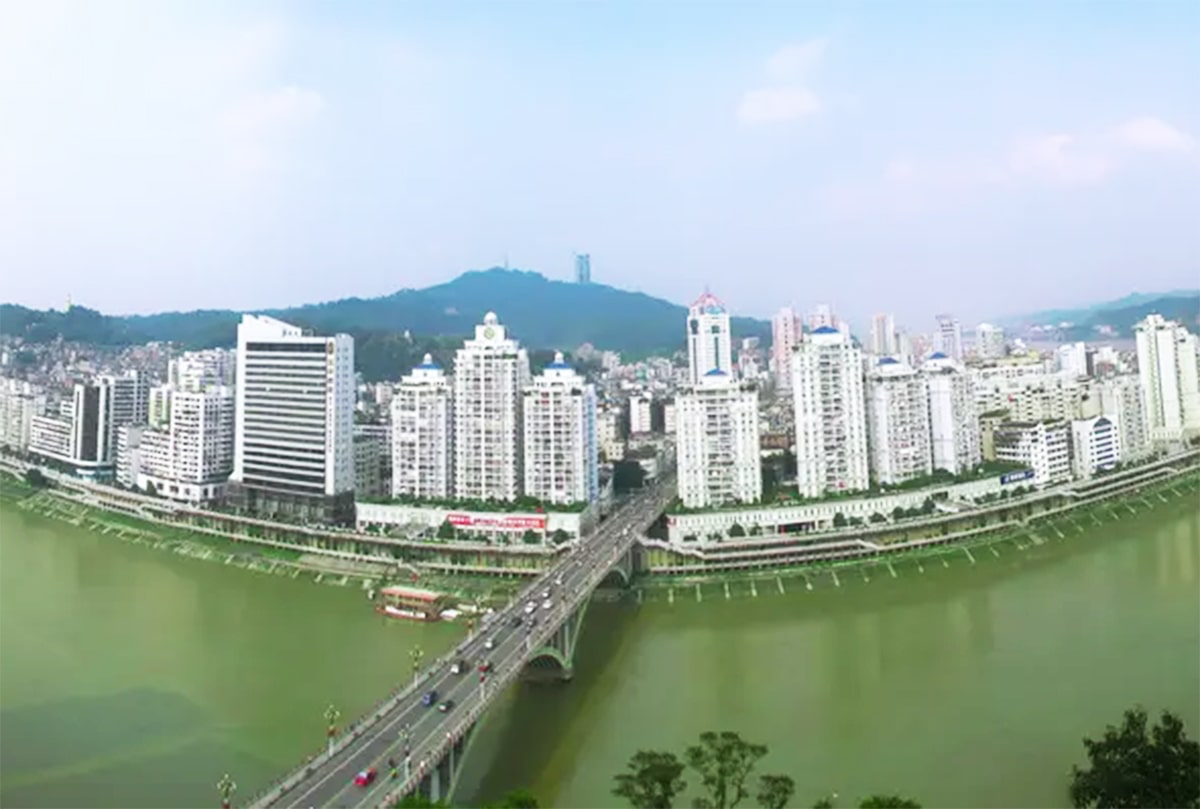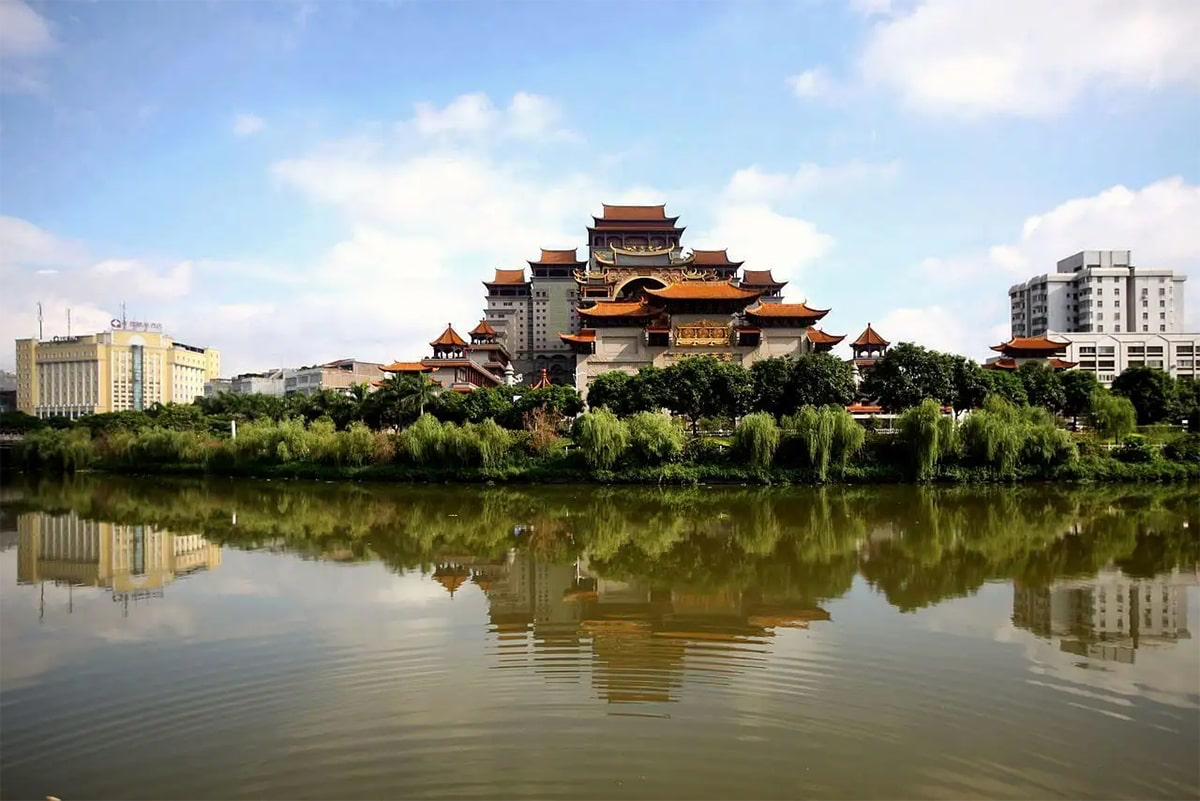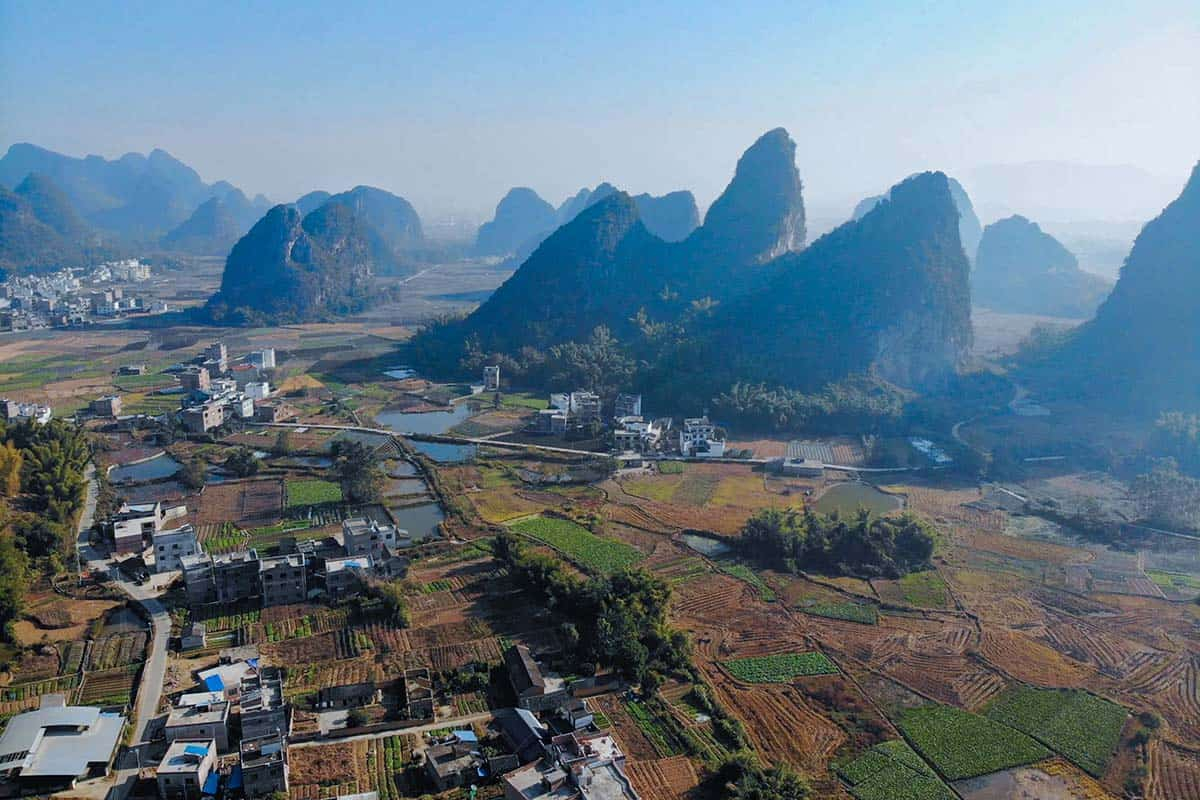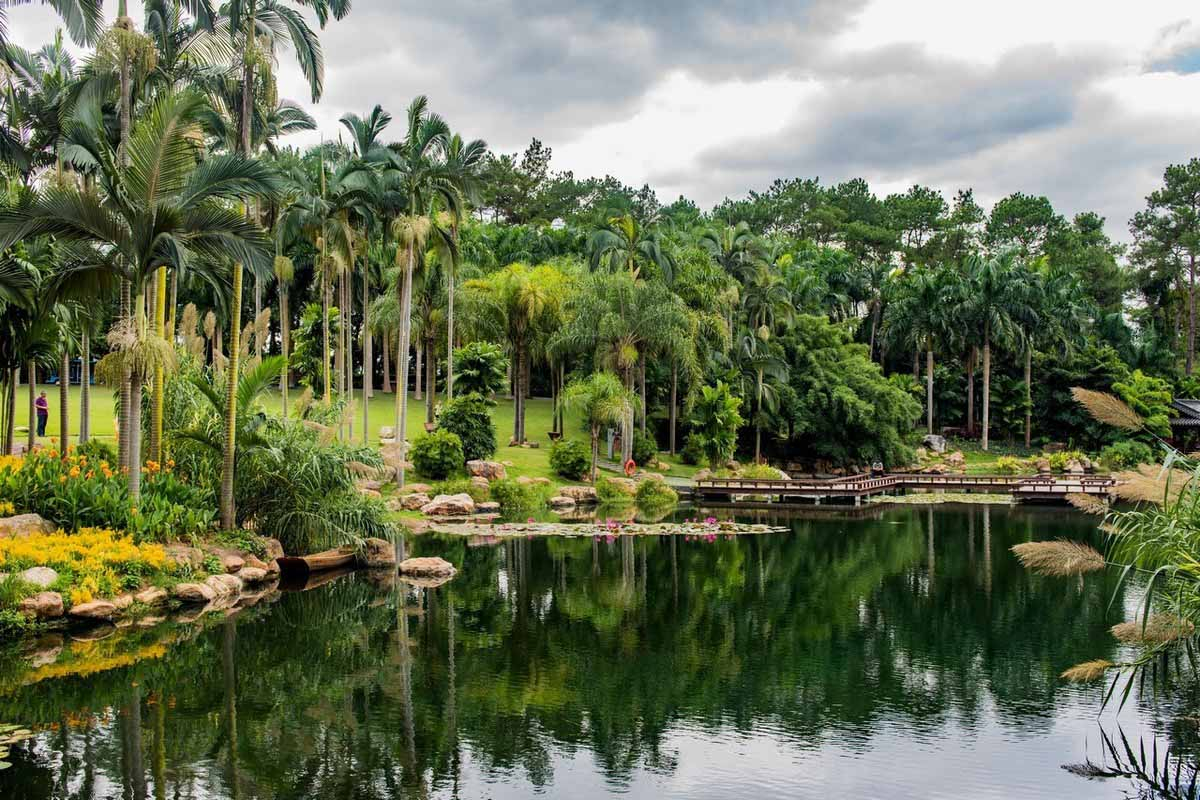Sanjiang Dong Ethnic Autonomous County

This is a small town in Liuzhou city, north of Guangxi Zhuang Autonomous Region. This seemingly inconspicuous small town stands out among many of Guangxi’s famous attractions for its dazzling ethnic features. This is a town of 300,000 habitants, a small town indeed by Chinese standard. About 60% of its population is ethnic Dong, a unique ethnic group in south China. There are currently 5 Dong autonomous counties in China, Sanjiang is the largest and has the biggest population. Its history can be traced back to 12th century during the Song Dynasty. The name Sanjiang first appeared in early 20th century. This town is not far from the province of Guizhou and is a bout 400km away from regional capital of Nanning. The Dong minority was only formally recognized during the state ethnic identification processes of the 1950s. In earlier times, not only were the residents of today’s Dong areas referred to by many different names, but also different groups of people who spoke what are now recognized to be dialects of the Dong language were identified in different ways.
● What to do & where to go
Attractions of Sanjiang are often on the front page of Guangxi’s tourism promotion handbooks. It’s unique Dong architectures always catches the eyes of visitors. The most iconic are the feng yu qiao (roofed bridge) and gu lou (drum tower)
Feng yu qiao (wind and rain roofed bridge)
The Wind and Rain Bridge is characteristic feature of the Dong minority's architecture. There are 108 Wind and Rain bridges in the Sanjiang. And the most famous one is Chengyang Wind and Rain Bridge, which is built in 1916. The bridge base is divided into crescent-shaped reinforced concrete structure, the bridge features some of the Dong Boasting wooden buildings, full-bridge is 64.4meters long, the highest point is 16 meters. The wonder of the whole bridge is that it is built without a single nail, only the size of trees to be interspersed with each other convergence ten on mortise, cut through straight sets will enable full-bridge fastness security.
Gulou (drum tower)
Representing the high-quality building technology of the Dong people, drum towers in the Dong villages are spectacular and exquisite. Each Dong village has at least one drum tower. Some have four or five towers. Usually the drum hanging on the tower is made of cow skin, used for calling people before a meeting or for asking for help when accidents happen. The most typical drum tower is Mapang Drum Tower built in 1928. It has nine floors and is 16.4 yards high. Shaping like a pagoda, the tower was engraved with dragons and phoenixes on the eaves. A sculpture of crane is standing on the top of the tower which symbolizes auspiciousness. The entire structure is joined together with redwood, without a single iron nail. It is said that the Dong architect drew the blueprint with only a carpenter's square and a bamboo marker.
Dong village
There is no better place to go then Dong villages if you would like to known more about this special group of people. Dong people often build their house along the mountains, very often, villages are connected the each other. The first thins people would notice is that almost all houses are stilted, standing on supporting columns. You could find most of the Dong featured architectures, such as roofed bridges and drum towers, in Dong village.
Grand song of Dong
Dong people were told the saying from young age, "rice is for the body; song is for the soul". They take great pride in their "grand songs" or galao in the local language - the only polyphonic chorus without accompaniment or conductors in China. Galao originated in the 10th century in the era of Song Dynasty. It is recently listed by UNESCO as an Intangible Culture Heritage. Grand songs typically have one of four meanings. The "narrative style" tells of everyday happenings and conversations. The "lyrical style" is reserved for love songs. The "moral style" deals with questions of morality. And the "vocal style" focuses more on the beauty of the melodies than on meaning. Some argued that the grand songs play an important role in passing down culture as the Dong doesn’t have a written language, they use singing to preserve their oral history. And Dong people say that" The natural songs are filled with passion and sincerity about nature and life. We would love to share them with more people."
● Access
This landlocked town is not so hard to reach. If you choose to fly, the nearest airport is Guilin Liangjiang Airport (KWL), which is about 150km away from it. By land transport, it can be reached by highway systems which connect Sanjiang with Liuzhou and Guilin. High speed railway is also an option. Guizhou-Guangzhou hish speed line runs through this region, and the station is set at Sanjiangnan (Sanjinag south station).
● Climate
This region is in a subtropical climate zone with distinct four seasons. It is generally a wet area with plenty of precipitation with average temperature of 17-19 degrees. The winter and early spring could be cold and damp and summer could be hot and humid. Sunshine days are scarce in this region. It is suitable to visit all year round.
- HOTEST
- RECOMMEND
